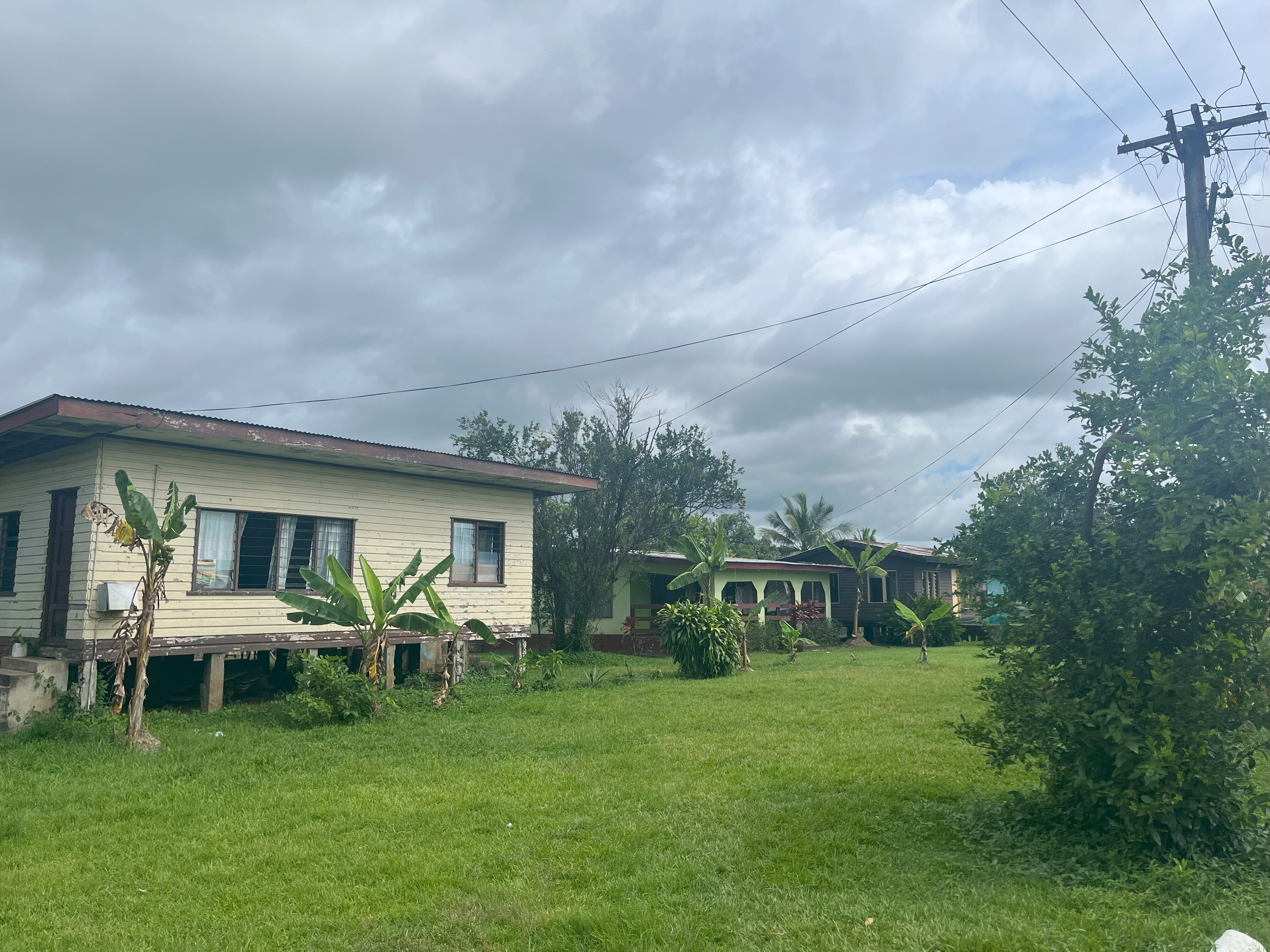How can we ensure clean water for everyone?

This article is published in collaboration with SAP Community Network.
17 weeks to Davos. 17 global goals to achieve a sustainable future. 17 blog posts exploring the UN’s vision for humankind. Here is number 6.
Global Goal #6: Ensure availability and sustainable management of water and sanitation for all.
Icebergs are the solution to the world’s water crisis, according to some. We simply need to float them to the places of greatest need with the aid of tugboats. Icecaps contain double the fresh water of the world’s lakes and rivers, which all goes to waste when they break free and melt into the salty ocean. With 85% of humans living in earth’s driest places, many located along the equator, icebergs would need to be tugged a long way. Georges Mougin spent a lifetime trying to make it feasible.
Though 71% of earth is covered by oceans, lakes, and rivers, more than 10% of people lack clean water. Significant progress has been made since 1990, with one-third of humans gaining access to improved water. Focused effort over the past 15 years as a Millennium Development Goal made a world of difference for 2.6 billion people. The Sustainable Development Goal over the next 15 years is to ensure liquid gold for the remaining 660 million.
There is enough freshwater for the planet’s population today, though it’s not located where the majority of people live, it’s polluted, and it’s poorly managed. An additional 4 billion inhabitants before the end of the century will drive up the number of people living in water-scarce regions from 36% today to 50% by 2050.
People experience water stress in developing and developed countries alike. Many California residents are asked to reduce consumption as the state heads into its 5th year of drought, though 70% is swallowed up by farmers. Outdated water rights and regulations are a huge part of the problem, and subsidies encourage mismanagement, including the selection of crops with huge irrigation demands. With river basins drying up, California farmers are drilling wells to suck dry critical underground water tables.
A large amount of our fruits, vegetables, and nuts are grown in California, and food prices are skyrocketing as North America’s food basket shrivels up. Part of the challenge is that consumers demand water-intensive foods. A single walnut needs 5 gallons, or 19 liters, of water to produce it, while one tomato demands just over 3 gallons. Meat takes water consumption into a whole new stratosphere – 1,000 gallons to create a single steak.
In a nutshell, we all play a role in ensuring clean water for everyone by what we serve at the dinner table. But which foods to choose? Governments, food manufacturers, and advocacy groups make information about the water footprint of different foods and beverages more accessible so consumers can make good decisions.
Like farmers, food & beverage companies consume large quantities of water to produce their goods. Many of them have come under scrutiny as Californians look to reduce water consumption. Increasingly, these companies need to assess their “water risk,” factoring in their manufacturing locations as well as their supply chains. The cost of drought is high for farmers, consumer products companies, and individual residents alike.
Drought isn’t unique to California; many of the southwestern US states face severe challenges. Century-old rights are causing more water to be drawn from the Colorado basin than it actually produces. Even rain-soaked places like the United Kingdom face water shortages due to excessive demand. This places a huge strain on the underlying water tables, which need many rain seasons to replenish them. Global warming is making the odds of that less likely for places like California.
Smaller water reserves cause higher concentrations of contaminants. Runoff from fertilizer and other chemicals, for example, kills off fish and other wildlife in streams and rivers and can make water supplies less usable for human consumption.
All our water problems would disappear if we could simply tap our oceans. Some coastal farmers are trying to find crop strains that successfully grow in salinated fields, while engineers look for economical ways to desalinate ocean water. The traditional method of boiling doesn’t easily scale to meet global need. Research continues for new techniques, such as work at MIT to “shock the salt right out of it.”
Until a major breakthrough in water treatment comes through, or a steady stream of tugboats float massive ice cubes to earth’s middle, proper water and waste management will be crucial to meeting global demand.
This blog post was originally published here. To learn more about the 17 Global Goals and how you can help make the world a better place, follow the 17 Weeks to Davos blog series.
Publication does not imply endorsement of views by the World Economic Forum.
To keep up with the Agenda subscribe to our weekly newsletter.
Author: David Jonker is director of Big Data at SAP, and is responsible for the go-to-market initiatives across SAP’s data management and analytics platforms.
Image: A boy pours water on himself for respite from the heat beside a roadside tap in Dhaka. REUTERS/Rafiqur Rahman.
Don't miss any update on this topic
Create a free account and access your personalized content collection with our latest publications and analyses.
License and Republishing
World Economic Forum articles may be republished in accordance with the Creative Commons Attribution-NonCommercial-NoDerivatives 4.0 International Public License, and in accordance with our Terms of Use.
The views expressed in this article are those of the author alone and not the World Economic Forum.
Stay up to date:
Fresh Water
Forum Stories newsletter
Bringing you weekly curated insights and analysis on the global issues that matter.
More on Global CooperationSee all
Sebastian Buckup and Maximilian Martin
November 13, 2025






